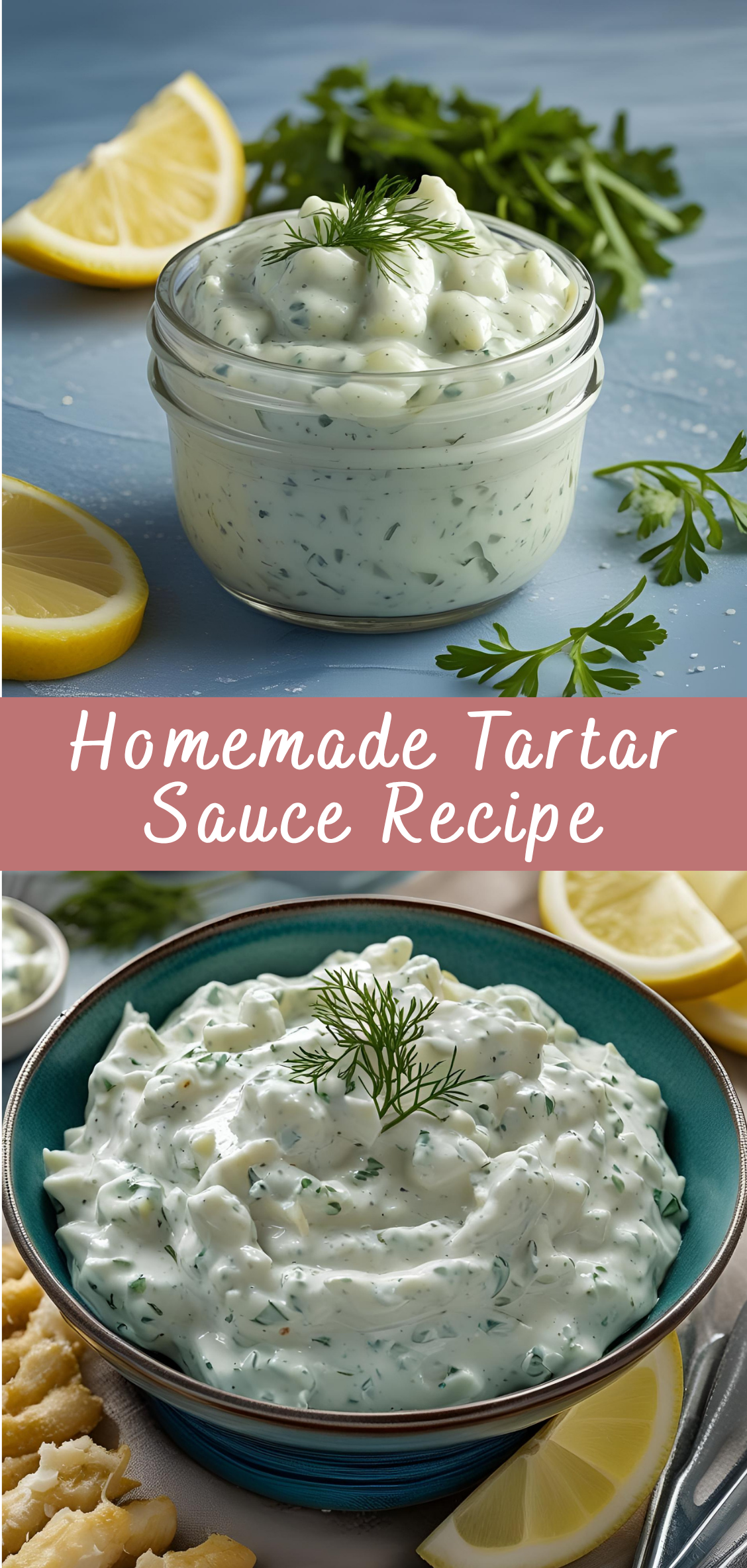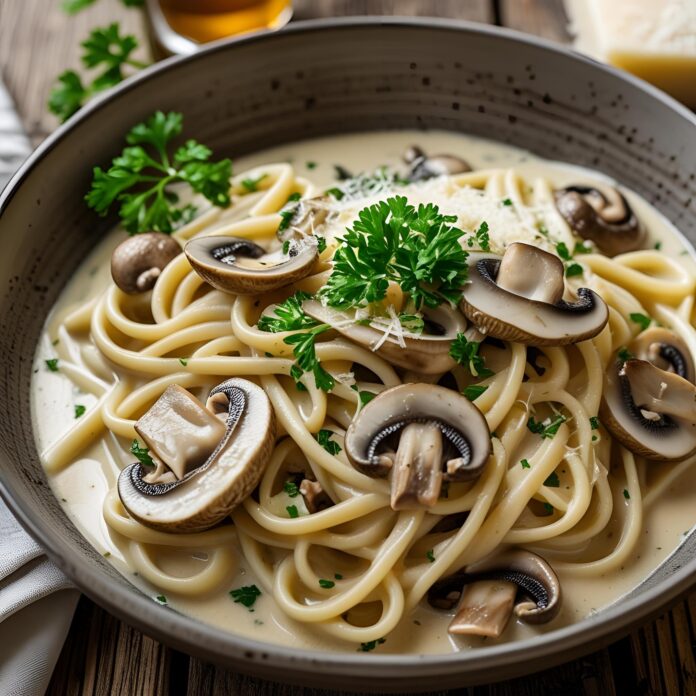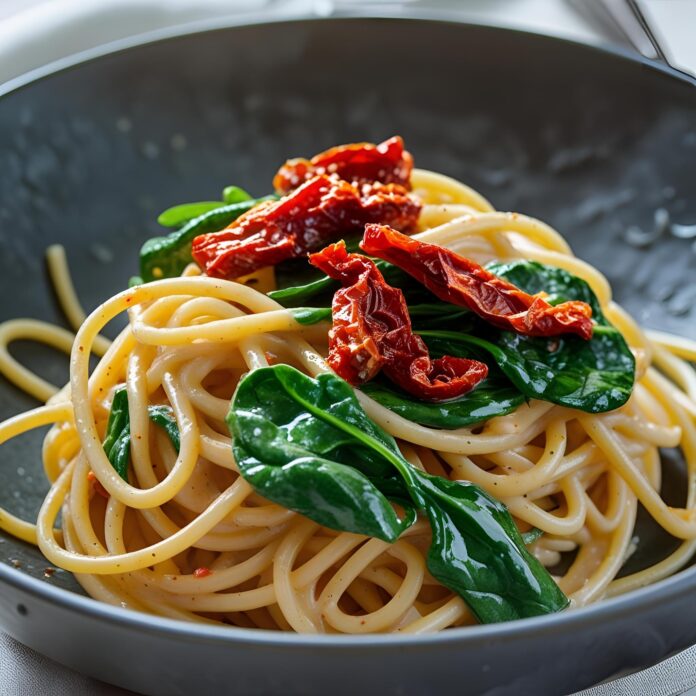Homemade Tartar Sauce Recipe
In the world of condiments, few sauces carry the quiet legacy and versatility of tartar sauce. Often served as a side note to seafood dishes, tartar sauce is all too frequently underestimated—regarded as a store-bought afterthought rather than a culinary centerpiece in its own right. But when made from scratch, tartar sauce transforms from a humble dip into a bright, complex, and richly textured accompaniment that can elevate not only fish but an entire meal. In truth, homemade tartar sauce isn’t just a condiment—it’s an experience, and one that invites both tradition and personal interpretation.

At its core, tartar sauce is a creamy, tangy emulsion, typically made with mayonnaise as a base and enriched with chopped pickles, capers, herbs, and lemon juice. Yet within this simple framework lies a world of possibility. The right balance of acid and fat, crunch and creaminess, freshness and umami can create a sauce that is both deeply familiar and surprisingly nuanced. Homemade tartar sauce has a brightness that mass-produced versions simply can’t replicate—a sharp snap of vinegar, a subtle herbal finish, and a clean creaminess that never feels heavy or artificial.
Historically, tartar sauce—named for the Tatars, a Turkic-speaking nomadic people—first emerged in French cuisine and gradually spread across Europe and the Americas, evolving along the way. Over time, it found its most iconic pairing with fried seafood—fish and chips in the UK, fried catfish in the American South, shrimp po’ boys in Louisiana. But its use need not be confined to fried fish. A well-made tartar sauce can enhance roasted vegetables, grilled meats, crab cakes, sandwiches, and even potato dishes with equal effectiveness. Its versatility is matched only by its ease of preparation.
Making tartar sauce from scratch allows for control over quality and flavor that no bottled variety can match. Want more acidity? Add extra lemon juice. Prefer a touch of sweetness? Include a spoonful of relish. Like it herbal? Add dill, tarragon, or parsley. The beauty of homemade tartar sauce lies in its adaptability—it can be customized to suit your dish, your region, your palate.
In this comprehensive guide, we’ll go far beyond a basic recipe. You’ll learn about ingredient selection, preparation techniques, cultural and historical background, and how to develop your own signature version of tartar sauce. We’ll also explore pairings, storage tips, variations for dietary needs, and even how to scale and preserve it for later use. Whether you’re a seasoned chef looking to refine your homemade sauces or a curious home cook eager to upgrade your next fish fry, this deep dive into tartar sauce will equip you with both practical skills and culinary insight.
By the end of this article, you’ll not only know how to make tartar sauce—you’ll understand what makes it work, what makes it delicious, and how to make it your own. Because when made with intention and fresh ingredients, tartar sauce ceases to be a condiment. It becomes a revelation.
Step-by-Step Instructions: How to Make the Perfect Homemade Tartar Sauce
While tartar sauce may seem like a straightforward mixture of mayonnaise and pickles, the difference between a flat, store-bought version and a vibrant homemade one lies in the technique, balance of flavors, and quality of ingredients. Here, we break the process into clear steps—each designed to help you develop a sauce that’s not only better than bottled but tailored to your taste.
Step 1: Gather Fresh, High-Quality Ingredients
Core Ingredients (Basic Traditional Recipe)
-
1 cup mayonnaise – Use a high-quality full-fat mayonnaise. For a richer, tangier profile, you may substitute part of it with sour cream or Greek yogurt.
-
2–3 tablespoons finely chopped dill pickles or cornichons – These provide texture and tang. Choose crisp, briny pickles rather than sweet ones for a classic flavor.
-
1 tablespoon capers (optional) – Rinsed, drained, and chopped. These add briny depth.
-
1 teaspoon Dijon mustard – Adds complexity and helps emulsify the sauce.
-
1 tablespoon finely chopped fresh parsley – For brightness and color.
-
1–2 teaspoons fresh lemon juice – Adds necessary acidity to balance the richness of the mayo.
-
1 teaspoon pickle juice or white wine vinegar (optional) – Enhances acidity and sharpness.
-
Salt and freshly ground black pepper, to taste.
Optional Add-Ins (Customizable Elements)
-
Fresh dill or tarragon – For herbal freshness.
-
Minced shallot or red onion – Adds bite.
-
Minced garlic or garlic powder – For a savory undertone.
-
Sweet relish – If a sweeter sauce is preferred.
-
Paprika or cayenne pepper – Adds color or subtle heat.
-
Hard-boiled egg (finely grated) – A French twist for richness and body.
Step 2: Finely Chop Your Flavor Base
Uniform texture is key in tartar sauce. You want small, evenly distributed pieces that meld into the creamy base without overwhelming it.
-
Chop the pickles or cornichons finely – Think brunoise size (1–2 mm dice). Large chunks disrupt the texture and may overpower the sauce.
-
Chop the capers, if using. Capers add salty tang; chopping them prevents any one bite from being too intense.
-
Mince your herbs and optional aromatics (onion, garlic, dill, etc.). Keep them as fine as possible. If using raw onion or garlic, soak in lemon juice for 5–10 minutes to mellow their sharpness.
Tip: Drain chopped ingredients well on a paper towel before mixing to prevent a watery sauce.
Step 3: Mix the Base
The foundation of a great tartar sauce is in the base mixture. Here’s how to create a smooth, creamy, and flavorful base:
-
In a medium bowl, combine 1 cup of mayonnaise, Dijon mustard, and lemon juice.
-
Stir gently with a spoon or silicone spatula until smooth and evenly combined.
-
Taste for acidity. If it’s too flat, add a dash of vinegar or extra lemon juice. If too sharp, mellow it with a teaspoon of sour cream.
Step 4: Fold in Flavor and Texture
-
Add the chopped pickles, capers, and herbs to the mayonnaise base.
-
Gently fold (do not whisk) to avoid breaking down the chopped ingredients.
-
Add in seasonings—salt, black pepper, and any optional ingredients like paprika or garlic powder.
Tip: Use restraint with salt. Pickles and capers are naturally salty—season only after tasting.
Step 5: Taste and Adjust for Balance
The difference between good and great tartar sauce lies in balance. Now’s the time to fine-tune.
Ask yourself:
-
Is it too rich? Add more lemon juice or a dash of vinegar.
-
Is it too tart? Fold in a small spoon of sweet relish or a touch of sugar.
-
Is it missing depth? Add a dash of mustard or a finely grated egg yolk.
-
Does it need more freshness? Stir in extra herbs or zest a bit of lemon on top.
Taste with what you plan to serve it with (e.g., a fried shrimp or oven-baked cod). This gives context for final adjustments.
Step 6: Let the Flavors Meld (Recommended, Not Required)
Though tartar sauce can be used immediately, it improves dramatically after resting.
-
Cover the bowl tightly with plastic wrap or transfer to an airtight container.
-
Refrigerate for at least 30 minutes, ideally 1–2 hours.
-
This rest allows the flavors to meld and mellow into a unified sauce.
Pro Tip: Tartar sauce stored in the refrigerator will keep for up to 5–7 days, depending on freshness of ingredients. Stir before serving.
Step 7: Serve Thoughtfully
Tartar sauce is traditionally paired with seafood, but its possibilities go far beyond fried fish. How you serve it can impact its perception as a side condiment or a star element.
Classic Serving Ideas:
-
With fried or grilled fish, shrimp, crab cakes, calamari, or oysters.
-
As a dipping sauce for fries, onion rings, or roasted potatoes.
-
As a spread on sandwiches, fish burgers, or tuna melts.
Unexpected Pairings:
-
On roasted or grilled vegetables (especially asparagus, zucchini, or cauliflower).
-
With hard-boiled eggs or as a topping for deviled eggs.
-
As a base layer on charcuterie boards, paired with pickled vegetables or smoked meats.
-
Dolloped on steak or chicken for a contrast of cream and acidity.
Step 8: Store and Refresh as Needed
Homemade tartar sauce should always be kept refrigerated in a sealed container. Because it’s made with fresh ingredients and no preservatives, freshness is key.
Storage Tips:
-
Keep refrigerated at 4°C (40°F) or below.
-
Use a clean spoon each time to avoid contamination.
-
Stir before each use to maintain smoothness.
-
If the sauce separates or appears watery, gently stir or re-emulsify with a small spoonful of mayonnaise.
Homemade Tartar Sauce Recipe
In the world of condiments, few sauces carry the quiet legacy and versatility of tartar sauce. Often served as a side note to seafood dishes, tartar sauce is all too frequently underestimated—regarded as a store-bought afterthought rather than a culinary centerpiece in its own right. But when made from scratch, tartar sauce transforms from a humble dip into a bright, complex, and richly textured accompaniment that can elevate not only fish but an entire meal. In truth, homemade tartar sauce isn't just a condiment—it's an experience, and one that invites both tradition and personal interpretation.
Ingredients
- 1 cup mayonnaise (use high-quality or homemade)
- 2 tbsp finely chopped dill pickles or cornichons
- 1 tbsp pickle juice or lemon juice (for tang)
- 1 tbsp finely chopped fresh dill (or 1 tsp dried)
- 1 tsp Dijon mustard (or yellow mustard)
- 1 tsp capers, chopped (optional, for a briny kick)
- ½ tsp Worcestershire sauce (optional, adds depth)
- 1 small shallot or 1 tbsp grated onion (optional)
- Salt and freshly ground black pepper, to taste
Instructions
- Mix it up:
In a small bowl, combine mayonnaise, chopped pickles, pickle juice (or lemon juice), dill, mustard, and any optional ingredients you're using. - Season:
Add salt and pepper to taste. Stir until everything is well combined. - Chill (optional but recommended):
Cover and refrigerate for 15–30 minutes to let the flavors meld. - Serve:
Use as a dip or spread for seafood, fries, or sandwiches.
Notes
- Tangier sauce? Add extra lemon juice or a splash of white vinegar.
- Sweeter variation: Mix in a small amount of sweet relish instead of dill pickles.
- Make it lighter: Substitute half the mayo with Greek yogurt or sour cream.



